Breathe Easy: The Therapeutic Benefits of Yoga for Asthma and Respiratory Disorders
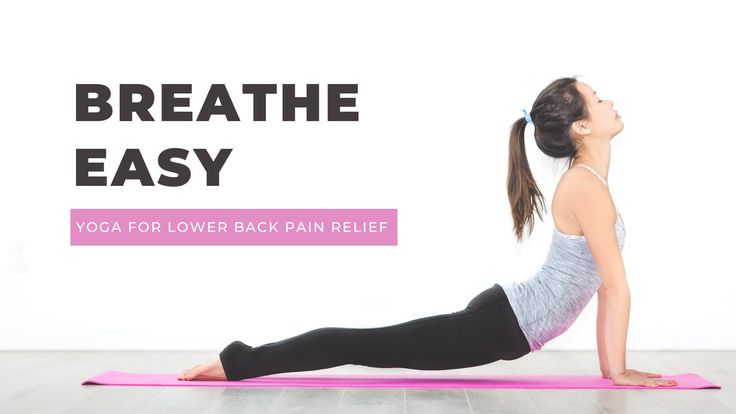
Summary:
- Breathing practices and pranayama are at the core of yoga therapy for patients with asthma and respiratory disorders.
- Fast breathing practices can act as a double-edged sword and are to be initiated slowly and under medical supervision.
- All advanced yoga postures and kumbhaka (antar kumbhaka, bahir kumbhaka) are generally not feasible in the majority of patients with respiratory disorders. Brief kevala kumbhaka achieved during other practices like kapalabhati can be done under guidance.
Yoga is a holistic approach to health and wellness that originated in ancient India. It involves physical postures, breathing exercises, meditation, and mindfulness techniques that can help improve overall health and well-being. Yoga has been found to be beneficial for people with respiratory disorders, such as asthma, chronic obstructive pulmonary disease (COPD), and other lung conditions.
For our understanding of this topic about yoga for patients with respiratory disorders we are classifying lung diseases into two categories: Obstructive lung diseases and restrictive lung diseases. Obstructive lung diseases are the diseases in which it is difficult to exhale the air from the lungs while restrictive lung diseases make it difficult for patients to inhale the air. Common examples of obstructive lung diseases are asthma, bronchiectasis, bronchitis and chronic obstructive pulmonary disease (COPD). Some diseases which are restrictive in nature are fibrosis, sarcoidosis, asbestosis etc. In certain patients, both the components of obstruction and restriction are observed. Efficacy of yoga has primarily been looked for patients with obstructive etiology and research initiatives are needed for patients with restrictive etiology.
Yoga can help people with asthma by improving lung function, reducing inflammation, and increasing relaxation. This can be clinically identified by reduced severity of episodes of ailment and number of hospitalizations in a fixed period of time. Breathing exercises, or pranayama, are a key component of yoga and can be particularly beneficial for people with respiratory disorders.
Asanas & Respiratory Disorders
The type of asanas selected for patients with asthma and respiratory disorders should be gentle, non-strenuous, and focused on opening up the chest and improving lung function. Asanas that are done while sitting or standing, and those that focus on stretching the spine and opening up the chest, are generally beneficial. Backbends and gentle twists can also be helpful. In general, forward folds and inverted postures are not recommended for people with respiratory disorders, as they can restrict breathing and increase the risk of symptoms. Additionally, asanas that require a lot of physical exertion or that involve holding the breath are not recommended, as they can exacerbate respiratory symptoms. Long maintenance of asana and all advanced asanas are contraindicated.
It is important to note that the selection of asanas should be based on the individual needs and medical history of the patient. The following types of asanas may be particularly beneficial for people with respiratory issues:
Chest-opening poses: Poses that open up the chest and ribcage can help improve lung function and increase oxygenation of the blood. Examples of chest-opening poses include tadasana (Mountain Pose), ustrasana (Camel Pose), ardha chakrasana (Half-wheel Pose), ardhakati chakrasana, bhujangasana (Cobra Pose), shashankasana and setu bandhasana (Bridge Pose).
Backbends: Gentle backbends can help stretch the chest and improve lung function, while also strengthening the back muscles. Examples of backbends that may be beneficial for people with respiratory issues include hastotthanasana, ardha chakrasana (Half-wheel Pose) and ustrasana (Camel Pose).
Gentle twists: Gentle twists can help improve overall lung function and breathing, while also reducing stress and anxiety. Examples of gentle twists include Bharadvajasana (Bharadvaja’s Twist), vakrasana and ardha matsyendrasana (Half Lord of the Fishes Pose).
Restorative poses: Restorative poses can help calm the mind and relax the body, which can be particularly beneficial for people with respiratory issues. Examples of restorative poses include Balasana (Child’s Pose) and Savasana (Corpse Pose).
Forward folds: Forward bends are generally not advised for patients with respiratory disorders though can be initiated with specific attention on breathing (in general exhalation while bending forward). Many of these postures are part of breathing practices (elaborated below). These can help calm the mind and regulate breathing, making them a good choice for people with respiratory issues. Examples of forward folds include uttanasana (Standing Forward Bend) and paschimottanasana (Seated Forward Bend).
While yoga can be beneficial for people with asthma and other respiratory disorders, there are certain types of asanas that should be avoided or modified to ensure safety and prevent exacerbation of symptoms. The following types of asanas may not be suitable for people with respiratory issues:
Advanced asanas: Advanced yoga postures are an absolute contraindication for patients with respiratory disorders. Some examples are mayurasana, chakrasana and purna shalabhasana. Even some simple postures like bhujangasana may appear advanced practice to a patient with respiratory disorder due to poor fitness of the patient or long maintenance of the posture.
Intense backbends: Intense backbends like Urdhva Dhanurasana (Wheel Pose) and Dhanurasana (Bow Pose) can put too much pressure on the chest and lungs, making it difficult to breathe. People with asthma or other respiratory issues may need to modify or avoid these poses altogether.
Inversions: Inversions like Sirsasana (Headstand) and Sarvangasana (Shoulderstand) can also put pressure on the chest and lungs, making them challenging for people with respiratory issues. People with asthma or other respiratory issues may need to modify or avoid these poses altogether.
Fast-paced or strenuous practices: Practices that are fast-paced or strenuous, like vinyasa flow or power yoga or suryanamaskara, can be challenging for people with respiratory issues. These practices may cause shortness of breath, fatigue, or other symptoms. People with asthma or other respiratory issues may need to modify the practice or choose a slower, gentler style of yoga.
Poses that involve breath retention: Some types of pranayama or breathing exercises involve breath retention, which can be challenging for people with respiratory issues. People with asthma or other respiratory issues should avoid practices that involve holding the breath for an extended period of time.
Poses that involve rapid or forceful breathing: Some types of breathing exercises involve rapid or forceful breathing, which can also be challenging for people with respiratory issues. People with asthma or other respiratory issues should avoid practices that involve rapid or forceful breathing, like dog breathing or mukha dhauti.
Breathing Practices & Pranayama
Two words ‘breathing practices’ and ‘pranayama’ are frequently used interchangeably by the majority of schools of yoga. Breathing practices are typically defined as paying attention to the breath and modifying it in some way to achieve a specific outcome which does not make it very different from pranayama. On the other hand, pranayama practices are the classical pranayama practices elaborated in ancient yoga texts. Swami Vivekananda Yoga Anusandhana Samsthana (S-VYASA) differentiates between the two practices and has come up with a separate concept of breathing practice. S-VYASA School of Yoga considers breathing practices as the practices which are partially a mixture of asana (done with slow movement) with a specific way of breathing. This school has come with specific practices which are unique to them. Some examples of such practices are hands-in-and-out breathing, hands stretch breathing and ankle stretch breathing. On similar lines, for patients with asthma and respiratory disorders, S-VYASA has developed a specific set of practices named as asthma special technique which can be considered as a combination of different breathing practices.
These breathing practices can be particularly useful for patients with asthma and other respiratory disorders where asana and pranayama are merged together to bring out the best for patients. Some useful breathing practices for patients with respiratory disorders are hands-in-and-out breathing, shashankasana breathing, tiger breathing and chair breathing.
Pranayama & Respiratory Disorders
Pranayama practices are considered as best yoga practices for patients with asthma and other respiratory disorders. Here are some pranayama practices that may be particularly helpful:
Kapalabhati (Skull Shining Breath): This pranayama involves quick, forceful exhalations through the nose, followed by passive inhalations. It can help to clear the respiratory system and increase lung capacity.
Bhramari (Bee Breath): This pranayama involves inhaling deeply and then exhaling while making a humming sound. Due to its specific focus on exhalation, it is considered as one among the best practices for patients with asthma. It can help to reduce stress and anxiety, which can be a trigger for asthma attacks.
Anulom Vilom Pranayama (Alternate Nostril Breathing): This pranayama involves breathing through one nostril at a time while blocking the other nostril. It can help to balance the flow of energy in the body and improve respiratory function.
Sectional breathing and full yogic breath: Sectional breathing and full yogic breath focuses on the involvement of different parts of lungs which is crucial for patients with respiratory disorders. For patients with restrictive lung disease, this aspect can be particularly relevant.
Abdominal breathing: Abdominal breathing ensures proper use of diaphragm for efficient breathing process. This practice is easy and can also be done in the lying posture. Benefits expected are better or at par with the full yogic breath.
Ujjayi (Ocean Breath): This pranayama involves breathing through the nose while constricting the back of the throat to create a soft hissing sound. It can help to increase lung capacity and improve breathing patterns.
While pranayama practices can be beneficial for patients with asthma and other respiratory disorders, there are certain practices that may not be suitable for everyone. Here are some pranayama practices that are contraindicated for patients with asthma and other respiratory disorders:
Kumbhaka: Kumbhaka (Retention of breath) is an absolute no during the acute episodes of asthma or other respiratory disorders. During the remission phase, it can be adopted gradually under medical supervision.
Bhastrika (Bellows Breath): This pranayama involves forceful inhalations and exhalations through the nose, and may be too intense for people with asthma or other respiratory disorders. Among all the fast breathing practices, bhastrika is considered as the most risky practice due to its intensity. Risk of complications like pneumothorax as a result of intense bhastrika pranayama can create a medical emergency.
Kapalabhati (Skull Shining Breath): While this pranayama can be helpful for some patients with asthma and other respiratory disorders, it may not be suitable for those with severe respiratory issues, as it can be very stimulating. So, overall it is considered as a relative contraindication and can be modified into slow kapalabhati. Kapalabhati is relevant for obstructive disorders due to its emphasis on active exhalation.
Surya Bhedana (Right Nostril Breathing): This pranayama involves inhaling through the right nostril and exhaling through the left nostril, and can be stimulating to the nervous system, which may not be suitable for some patients with respiratory disorders.
Cooling pranayama (Sitali, Sitkari & Sadanta): These pranayama involves inhaling through the mouth. This practice can be cooling and calming, but may not be suitable for people with respiratory disorders as they pose the risk of infections and can result in exacerbations of the symptoms.
Rabbit breathing: This pranayama involves a series of rapid shallow inhalations and exhalations involving only the upper parts of the lungs and may not be suitable for people with respiratory disorders who have difficulty breathing rapidly.
Pranayama practices can be beneficial for patients with asthma and other respiratory disorders, but it’s important to start slowly and gradually build up the practice over time. Here are some tips for building up the practice of pranayama for patients with respiratory issues:
Understanding breath: First step before initiating pranayama can be understanding the basic concept of breathing. Abdominal breathing is the best technique for understanding this where patients can keep one hand on the abdominal wall and observe in and out movement of abdomen along with breath. The diaphragm moves downward while inhaling and upwards while exhaling. Movements of the abdominal wall are outward while inhaling and inward while exhaling.
Start with simple breathing exercises: Begin with simple breathing exercises like deep breathing or abdominal breathing. Encourage patients to breathe in through their nose and out through their mouth, focusing on slow, deep breaths.
Increase the duration of practice gradually: Gradually increase the duration of pranayama practice over time. Start with a few minutes and slowly build up to longer periods of time, making sure that the patient feels comfortable and not too strained.
Choose appropriate pranayama practices: Choose pranayama practices that are suitable for patients with respiratory issues, such as Kapalabhati, Bhramari, Anulom Vilom, and Ujjayi. These practices can help to improve breathing patterns and increase lung capacity.
Monitor for any adverse reactions: Monitor the patient for any adverse reactions, such as shortness of breath, dizziness, or discomfort. If the patient experiences any of these symptoms, stop the practice and consult with a trained yoga therapist or a healthcare provider.
Work with a qualified yoga instructor: It’s important to work with a qualified yoga instructor who has experience working with patients with respiratory issues. A yoga instructor can provide guidance on appropriate pranayama practices and help to ensure that the patient is practicing in a safe and effective manner.
In addition to asana and pranayama practices, there are several other yoga practices that can be helpful for patients with asthma and respiratory disorders. Here are some examples:
Meditation: Meditation can help to reduce stress and anxiety, which can be triggers for asthma and other respiratory issues. Encourage patients to practice mindfulness meditation, focusing on the breath and cultivating a sense of calm and relaxation.
Yoga Nidra: Yoga Nidra is a form of guided relaxation that can help to reduce stress and promote deep relaxation. This practice can be particularly helpful for patients with asthma and other respiratory issues, as it can help to calm the nervous system and improve breathing patterns.
Neti: Jala neti is a nasal cleansing practice that involves using a neti pot to flush the nasal passages with saline solution. Sutra Neti involves the use of a thin rubber string or catheter (sutra) to clean the nasal passages. These practices can help to clear the sinuses and improve breathing.
Vamana dhauti/Kunjal Kriya: Vamana Dhauti involves drinking a large quantity of warm salt water and then inducing vomiting to expel the water along with any accumulated toxins from the stomach. The practice is performed on an empty stomach, preferably early in the morning, and is considered one among the best practices during the acute asthma attack. Decision about this practice should preferably be taken under guidance of a medical expert.
Relaxation: Encourage patients to practice relaxation throughout the day to help reduce stress and improve breathing patterns.
Chants: Chanting can be a useful tool for patients with respiratory disorders. For example: Om chanting and nadanusandhana involve long exhalation and can be of particular benefit to patients with obstructive lung disorder. Calming and soothing effect of practice is useful for both types of respiratory disorders.
In conclusion, yoga can be a beneficial complementary therapy for individuals with asthma and respiratory disorders. However, it is important to note that yoga should not be used as a replacement for medical treatment or medication. Individuals with asthma and respiratory disorders should always consult with a healthcare provider before beginning a yoga practice, and should work with a qualified yoga instructor who has experience working with individuals with these conditions.
Related Posts
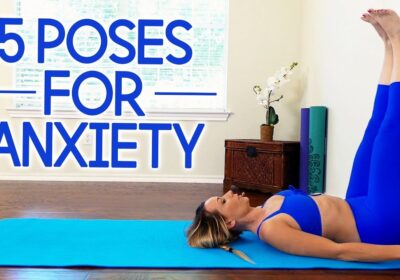
Yoga for Anxiety Disorders
Summary: Yoga can be used as both an add-on treatment and as a monotherapy for…
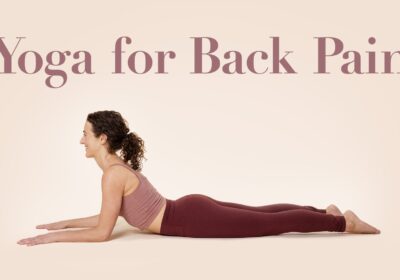
Yoga for Back pain
Summary: Yoga can be used as both an add-on treatment and as a monotherapy for…
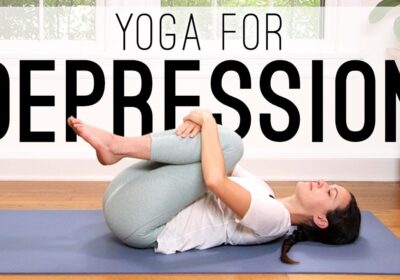
Yoga for Depression
Summary: Yoga can be used as both an add-on treatment and as a monotherapy for…
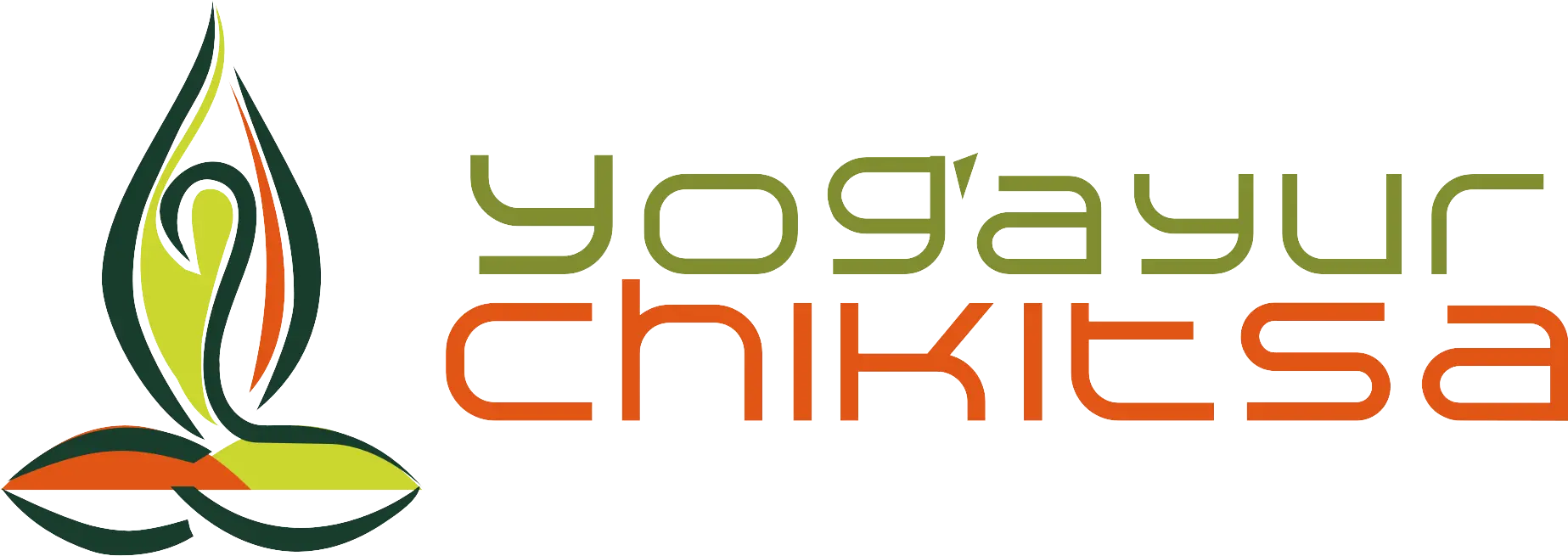
Leave a Reply